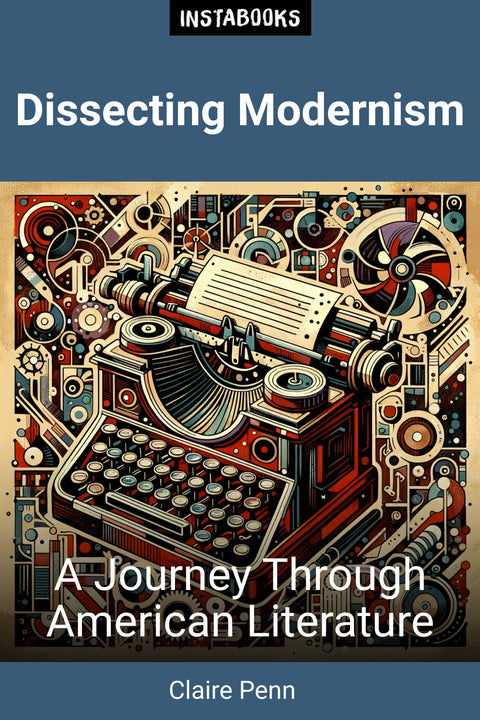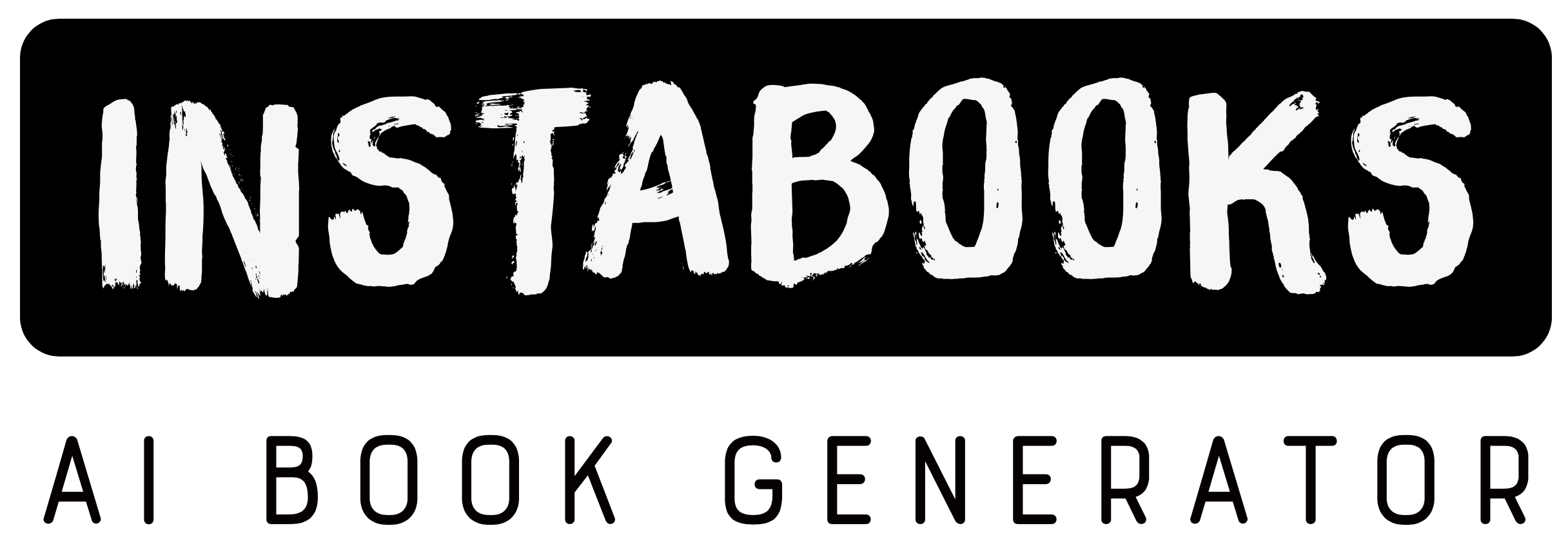
Dissecting Modernism
A Journey Through American Literature
Included:
✓ 200+ Page AI-Generated Book
✓ ePub eBook File — read on Kindle & Apple Books
✓ PDF Print File (Easy Printing)
✓ Word DOCX File (Easy Editing)
✓ Hi-Res Print-Ready Book Cover (No Logo Watermark)
✓ Full Commercial Use Rights — keep 100% of royalties
✓ Publish under your own Author Name
✓ Sell on Amazon KDP, IngramSpark, Lulu, Blurb & Gumroad to millions of readers worldwide
Introduction to Modernist American Literature
Step into the captivating world of modernist American literature in "Dissecting Modernism." This book is your guide to understanding the radical transformations that took place from the late 19th century to the mid-20th century, revealing how literature mirrored the complexities of a rapidly changing society. With a keen focus on individualism, symbolism, disillusionment, and fragmentation, we will explore the intricate tapestry woven by notable authors such as T.S. Eliot, Ernest Hemingway, and William Faulkner.
Delving into Key Themes
Modernist literature was not merely a genre; it was a profound reaction to an increasingly industrialized world. Through the lens of individualism, discover how authors emphasized personal perspectives and experiences. You'll find innovative narrative techniques like stream-of-consciousness and the interior monologue that break away from traditional storytelling forms. Our exploration of symbolism will shed light on how writers used symbols to capture the fragmented nature of modern life, allowing readers to engage with complex emotions and ideas.
Historical Context and Influences
The disillusionment that followed World War I and the Great Depression left indelible marks on the literature of the time. This book offers an in-depth look at how the cultural and societal upheavals of the era led to a rejection of conventional values and institutions. Learn how industrialization, with all its advancements, influenced modernist narratives, challenging authors to portray the shifting landscapes of their societies.
Notable Authors and their Contributions
Explore the works of key modernist authors, examining the significance of their contributions to the movement. T.S. Eliot's "The Waste Land" serves as a pivotal example, illustrating the themes of fragmentation and existential despair. We'll also analyze Hemingway's minimalist yet profound storytelling that showcases the disillusionment of war, alongside Faulkner's complex narrative structures portraying individualism through his exploration of Southern life.
Conclusion
"Dissecting Modernism" is not just a retrospective; it’s an invitation to reconnect with the profound insights that modernist literature offers. Whether you are a literature student, an educator, or a passionate reader, this book will enrich your understanding of the intricate connections between life, art, and the human experience, making it an essential addition to your literary explorations.
Table of Contents
1. The Emergence of Modernism- Historical Background
- The Shift in Literary Trends
- Key Influences on Modernist Thought
2. Individualism and Self-Expression
- Foundations of Individualism
- Stream-of-Consciousness Technique
- Impact on Narratives and Characters
3. Symbolism in Modernist Literature
- Defining Symbolism
- Famous Symbols and Their Meanings
- Symbolism in Notable Works
4. Disillusionment: A Literary Response
- The Aftermath of World War I
- Disillusionment in Modernist Works
- Coping with Change: Literature's Role
5. Fragmentation: The Break from Tradition
- Understanding Narrative Fragmentation
- Examples from Key Texts
- The Role of Perspective in Fragmentation
6. Industrialization's Narrative Impact
- Technology and Society
- The Changing Cultural Landscape
- Industrialization and Literary Themes
7. T.S. Eliot: The Voice of Modernism
- A Study of 'The Waste Land'
- Themes of Isolation and Fragmentation
- Eliot's Influence on Modernism
8. Ernest Hemingway: A Modernist Legacy
- Minimalism in Hemingway's Writing
- Themes of Disillusionment in 'A Farewell to Arms'
- The Individual and Society: A Complex Relationship
9. William Faulkner and Southern Modernism
- Complex Narrative Structures
- Exploring Individualism in 'The Sound and the Fury'
- Faulkner's Contribution to Modernist Thought
10. Gertrude Stein: Breaking New Ground
- Literary Experimentation
- Stream-of-Consciousness and Its Evolution
- The Legacy of Gertrude Stein
11. The Modernist Collective: Themes and Connections
- Crossing Literary Borders
- Shared Themes Across Authors
- The Lasting Impact of Modernist Writing
12. Conclusion: The Legacy of Modernism in Literature
- Reflecting on Modernism's Impact
- Modernism's Relevance Today
- Future Directions in Literature
Target Audience
This book is written for literature students, educators, and passionate readers who wish to explore the rich and transformative period of modernist American literature.
Key Takeaways
- Understanding the key characteristics of modernist American literature.
- Exploring the themes of individualism, symbolism, disillusionment, and fragmentation.
- Analyzing the influence of industrialization on literary narratives.
- Examining the contributions of notable modernist authors like T.S. Eliot, Hemingway, and Faulkner.
- Gaining insights into the historical context that shaped modernist works.
